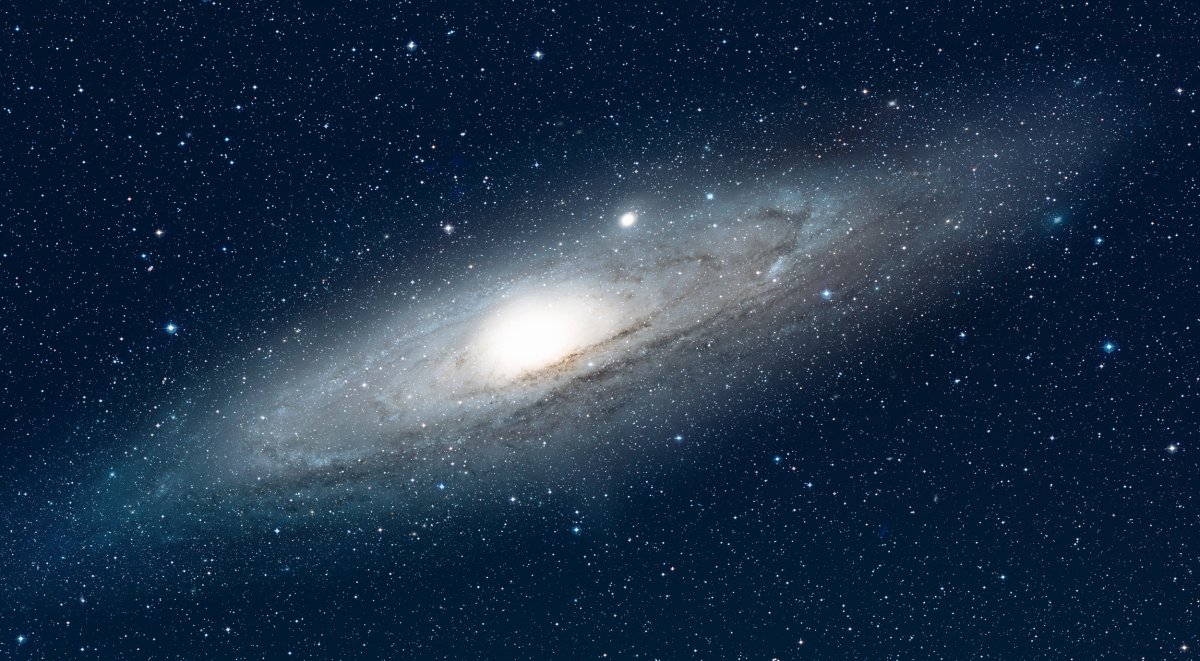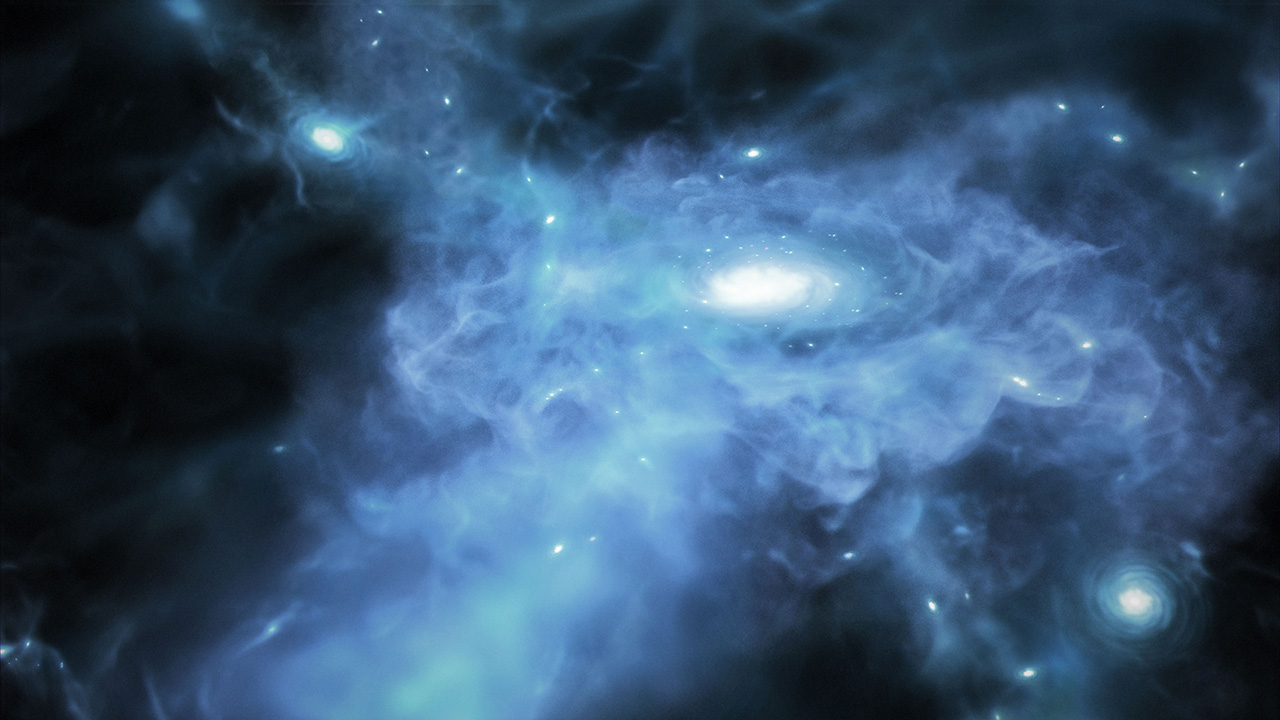NASA’s James Webb Space Telescope has recorded some of the youngest galaxies in the universe forming.
According to a new journal article, the three galaxies are thought to have taken shape when the universe was only 400 to 600 million years old. Science.
The universe is thought to be about 13.8 billion years old, meaning that these young galaxies formed shortly after the Big Bang on the cosmic time scale. This is the first time we have observed a galaxy in the process of being born.
According to the paper, these early galaxies are surrounded almost entirely by hydrogen and helium, which were the first elements to form at the very beginning of the universe. This gas is expected to have fueled the formation of new stars in these ancient galaxies.
NASA, ESA, CSA, Joseph Olmsted STScI
“These galaxies are like sparkling islands in a sea of otherwise neutral, opaque gas,” study co-author Kasper Heintz, an assistant professor of astrophysics at the Cosmic Dawn Center (DAWN) at the University of Copenhagen in Denmark, said in a statement. . “Without Webb, we wouldn’t be able to observe these very early galaxies, let alone learn so much about their formation.”
The universe is thought to have been born in a process known as the Big Bang, suggesting that all space and time began from an extremely small and dense single point. About 13.8 billion years ago, this point began to expand rapidly, stretching space itself. As it expanded, it cooled, allowing particles such as protons and neutrons to form, and after about 380,000 years, the universe cooled enough that these particles coalesced into atoms, mostly hydrogen and helium.
For several hundred million years the universe was dark because no stars had yet formed, but eventually gravity pulled the gas together to form the first stars and galaxies.
“Within a few hundred million years after the Big Bang, the first stars formed before stars and gas began to coalesce into galaxies. This is the process we see early in our observations,” study co-author Darach Watson, Eng. associate professor at the University of Copenhagen, said in another statement.

ISTOCK / GETTY IMAGES PLUS
The oldest known galaxies in the universe are thought to have formed between 300 and 400 million years after the Big Bang, which is how ancient astronomers consider these three galaxies to be.
“It can be said that these are the first ‘direct’ pictures of galaxy formation that we have ever seen. While James Webb has previously shown us early galaxies in their later stages of evolution, here we are witnessing their very birth and thus the construction of the first star systems in space,” Heintz said.
Scientists were able to spot these galaxies thanks to the large amount of hydrogen gas visible in the spectrum of light they emitted, detected by the James Webb Space Telescope’s incredibly sensitive infrared camera. This means that the light from young stars in these galaxies has been absorbed by vast amounts of invisible hydrogen.
“The gas must be very widespread and cover a very large part of the galaxy. This suggests that we are seeing clumping of neutral hydrogen gas into galaxies. This gas will continue to cool, clump and form new stars,” Watson said. . “The fact that we see large reservoirs of gas also suggests that the galaxies haven’t had enough time to form most of their stars yet.”
It also marks the farthest measurement of neutral hydrogen, the basic building block of stars.
Scientists hope to further investigate the youngest galaxies in our universe and shed light on the universe’s earliest days.
“One of the most fundamental questions we humans have always asked is, ‘Where do we come from?’ “Here we piece together a little more of the answer by shedding light on when some of the first structures of the universe were formed. It’s a process we will continue to investigate until, hopefully, we can fit even more pieces of the puzzle together,” co-author Gabriel Brammer said in a statement. , associate professor at the University of Copenhagen.
Do you have a tip for a science story that Newsweek should it be opaque? Have a question about early galaxies? Let us know at science@newsweek.com.
Unusual knowledge
Newsweek is committed to challenging conventional wisdom and finding connections in search of common ground.
Newsweek is committed to challenging conventional wisdom and finding connections in search of common ground.
